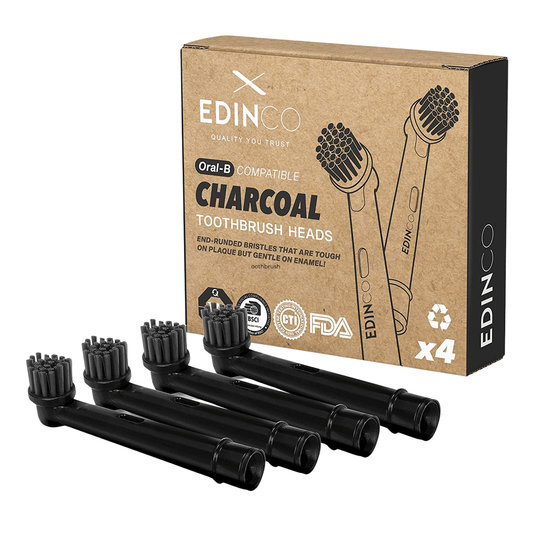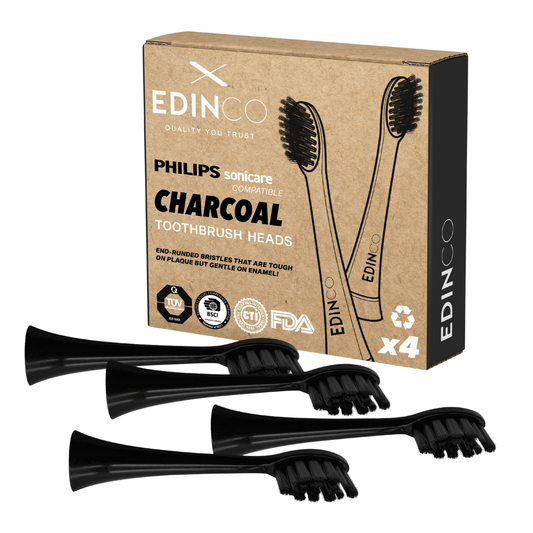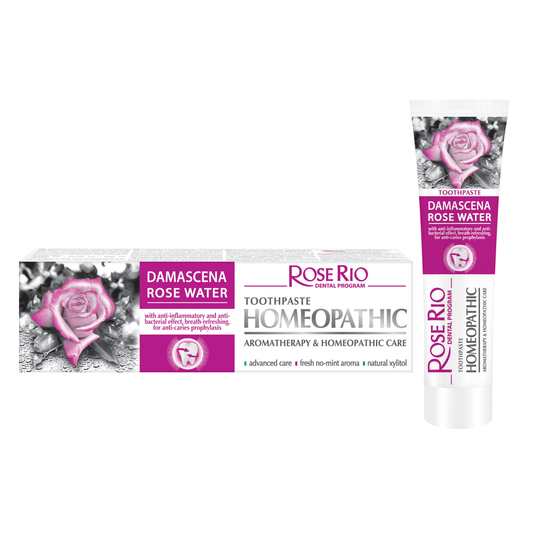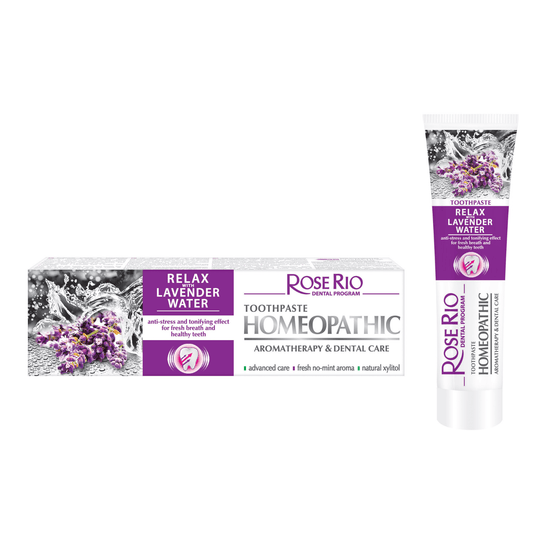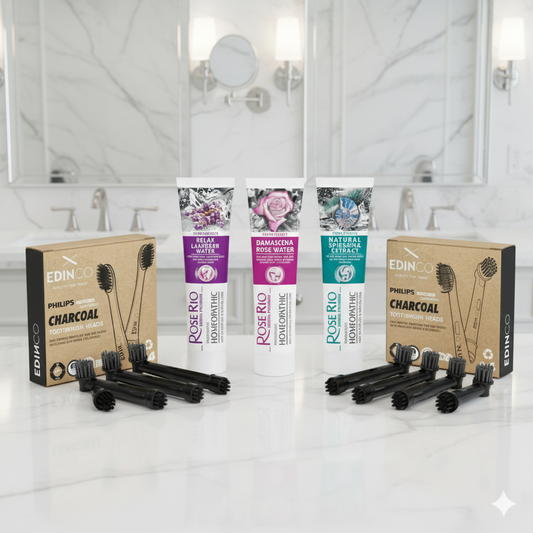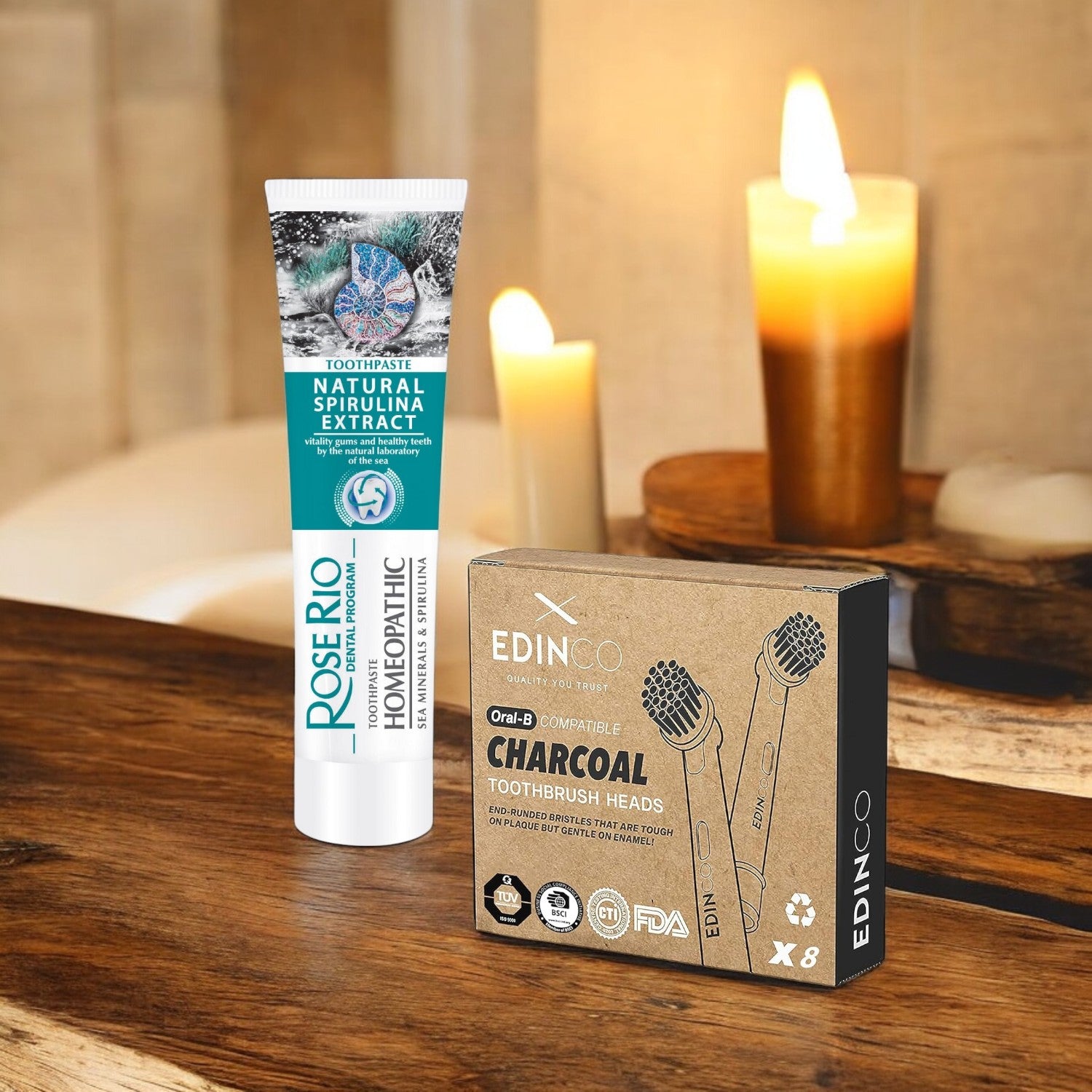Are Fluoride Free Toothpastes Safe?
Table of Contents
Navigating the Toothpaste Aisle
The toothpaste aisle hits you with a dizzying array of choices, all promising sparkling teeth whitening or super gum health. For years, fluoride has been the star ingredient, backed by dental pros for strengthening enamel and fighting cavities. It works by toughening up enamel against acid and helping repair early decay. But now, more people are looking at alternatives, asking: is fluoride free toothpaste actually safe?
Why Go Fluoride-Free?
People choose fluoride free for various reasons. Some worry about getting too much fluoride, which is toxic. especially parents with children who tend to swallow paste. Fluoride can lead to dental fluorosis – those white or brown spots on teeth. Others might simply prefer a fluoride-free routine for daily brushing, choosing natural toothpastes, opting for plant-based and mineral ingredients.
The Key is the Ingredients
Here's the deal: the safety and power of fluoride free toothpaste really boil down to what else is in the tube doing the cleaning and cavity fighting. The good news? There are fantastic, safe, and effective fluoride-free options out there, especially those using ingredients like xylitol. When made right, fluoride free toothpaste is definitely a safe bet for your daily brush.
The Fluoride-Free Advantage: Why Make the Switch?
Making a Conscious Choice
Switching to fluoride free toothpaste isn't just a random trend; it often comes from specific needs, making it a smart move for many. A big reason is kids swallowing toothpaste. Little ones under six haven't quite mastered spitting yet. While fluoride paste is safe when used correctly (a tiny smear for under 3s, pea-size for 3-6), swallowing too much over time can cause fluorosis. Even though it's usually just cosmetic, parents often choose fluoride free toothpaste kids versions for peace of mind.
Comfort and Natural Preferences
Some individuals simply prefer fluoride-free options for comfortable daily brushing, perhaps due to personal preference or finding traditional formulas less agreeable. Plus, the wellness wave has many people looking for natural products, avoiding synthetic stuff. Natural toothpaste fits this bill, using ingredients seen as gentler and natural. So, what steps up to replace fluoride's protection?
Meet Xylitol: Nature's Sweet Secret for a Healthy Smile
The Power of Xylitol
If you're looking for effective fluoride-free care, xylitol is a star player. It's a natural compound found in plants like birch. It tastes sweet like sugar but messes with cavity-causing bacteria (Streptococcus mutans, or MS) in a good way.
How Xylitol Works Wonders
- Cavity Crusher: MS bacteria can't use xylitol for fuel. They try, waste energy, and can't grow or make acid. No acid means no enamel attacks! That's why xylitol toothpaste rocks against cavities.
- Plaque Patrol: Xylitol makes it harder for MS bacteria to stick to teeth. Studies show it reduces plaque, making teeth cleaning easier. Think of it as a plaque remover toothpaste helper.
- pH Power-Up & Microbiome Manager: By stopping acid, xylitol keeps your mouth pH balanced.[15, 16, 20] Plus, it targets the bad bacteria (S. mutans, S. sobrinus) while leaving the good guys (S. sanguinis, S. mitis) alone, promoting a healthier mouth overall.[15]
Is Xylitol Toothpaste Safe? Absolutely! (With One Big Warning)
Yes, xylitol is safe for humans in toothpaste! The FDA and EFSA say so. You swallow tiny amounts when brushing, way less than levels causing tummy issues (which can happen if you eat large amounts of xylitol). Recent buzz about high blood levels and heart risks from eating lots of xylitol? Researchers agree: this doesn't apply to toothpaste use because you ingest so little. BUT: Xylitol is HIGHLY toxic to dogs. Keep all xylitol products away from your furry friends!
Xylitol vs. Fluoride: Quick Comparison
They work differently but aim for healthy teeth:
How They Work (Primary Mechanism)
- Xylitol: Stops the bad bacteria in your mouth (like S. mutans) from using sugar for energy. It's like giving them sugar they can't eat so they die.
- Fluoride: Becomes part of your tooth enamel, making it stronger and harder to be hurt by acids.
Stopping Cavities (Cavity Prevention)
- Xylitol: Helps reduce the number of bacteria that cause cavities and makes less acid in your mouth.
- Fluoride: Makes your tooth enamel stronger so it can fight off acid attacks better.
Dealing with Plaque (Plaque Reduction)
- Xylitol: Makes it harder for plaque to stick to your teeth and can reduce how much plaque is there.
- Fluoride: Doesn't directly do much to the amount of plaque or how sticky it is.
Effect on Mouth Bacteria
- Xylitol: Mostly targets the harmful bacteria (S. mutans) but leaves the good bacteria alone.
- Fluoride: Has a wider effect on different types of bacteria, not just the bad ones.
Helping Teeth Rebuild (Remineralization)
- Xylitol: Helps indirectly by making the mouth less acidic and helping saliva do its job.
- Fluoride: Directly helps teeth rebuild by forming a stronger material called fluorapatite in the enamel.
Things to Remember About Safety (Oral Use)
- Xylitol: It's safe in the amount found in toothpaste. Eating a lot of it can upset your stomach. Very important: It is poisonous to dogs.
- Fluoride: It's safe in the amount found in toothpaste. If young kids swallow too much, it can cause white spots on their teeth (fluorosis).
The Verdict: Embracing Safe and Effective Fluoride-Free Oral Care
In conclusion, the answer to whether fluoride-free toothpastes are safe is a resounding yes, especially when formulated with powerful natural ingredients like xylitol. While fluoride has long been a cornerstone of cavity prevention, concerns about overexposure and a desire for more natural options have led many to explore fluoride-free alternatives. The efficacy and safety of these alternatives hinge on their active ingredients.
Xylitol emerges as a standout ingredient, offering a multi-pronged approach to oral health. Its ability to disrupt harmful bacteria, reduce plaque buildup, and promote a balanced mouth pH makes it a compelling alternative to fluoride. When incorporated into toothpaste, xylitol provides a safe and effective way to maintain oral hygiene and combat cavities.
Ultimately, navigating the toothpaste aisle requires understanding your individual needs and the ingredients that best address them. Fluoride-free toothpastes, particularly those harnessing the power of xylitol, offer a safe and effective path to a healthy and happy smile. Just remember to keep those xylitol-containing products far out of reach of your canine companions!


